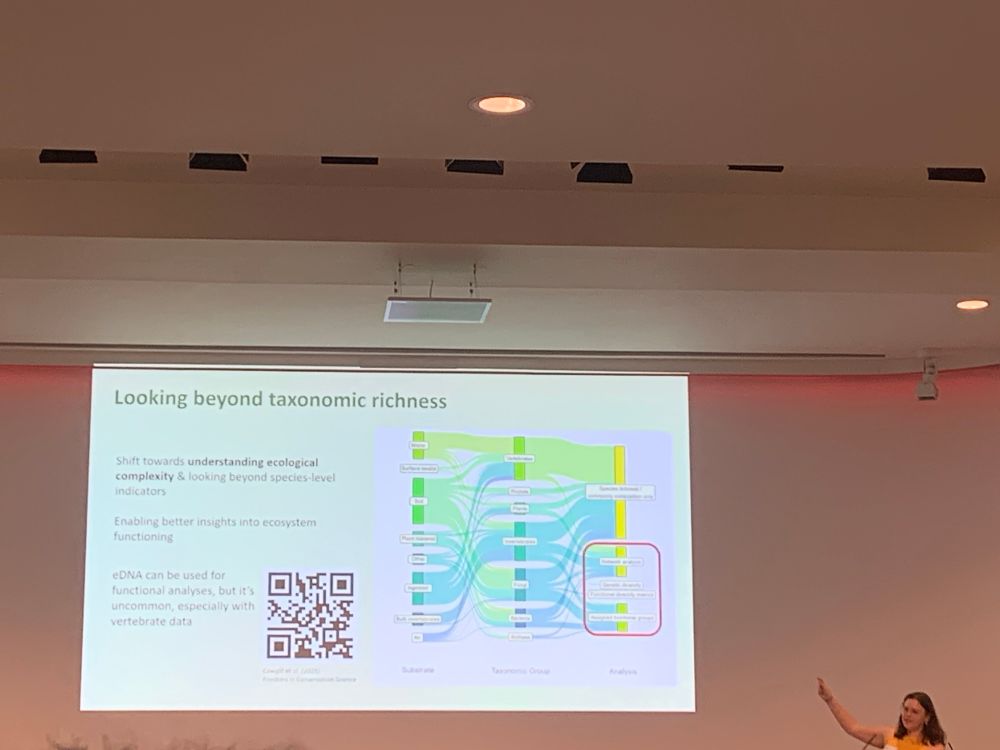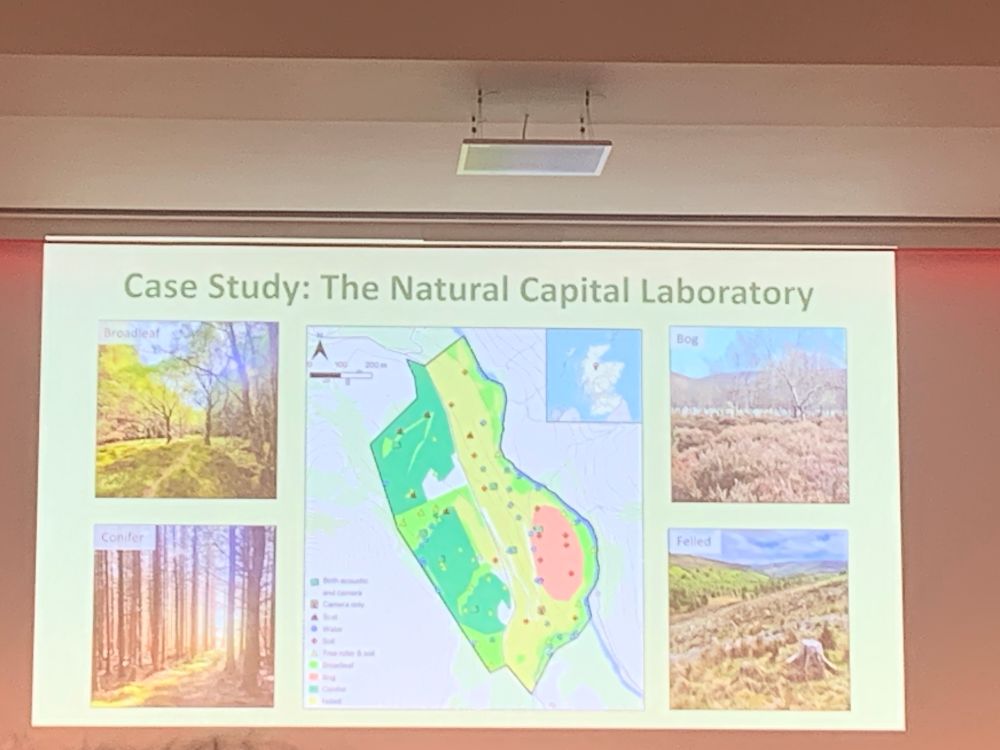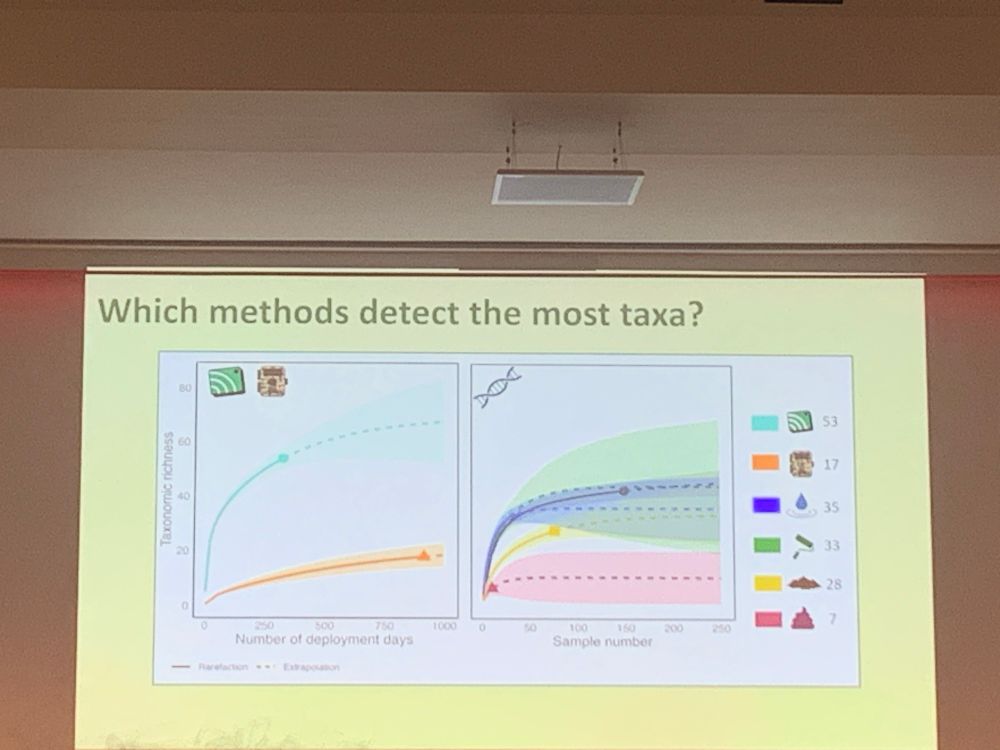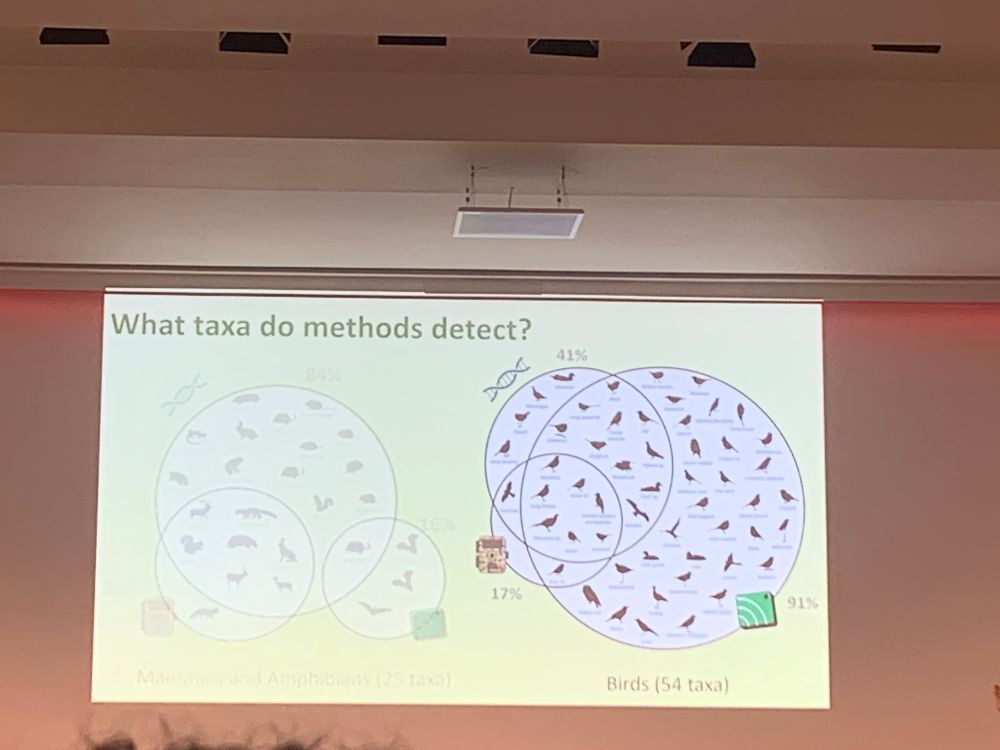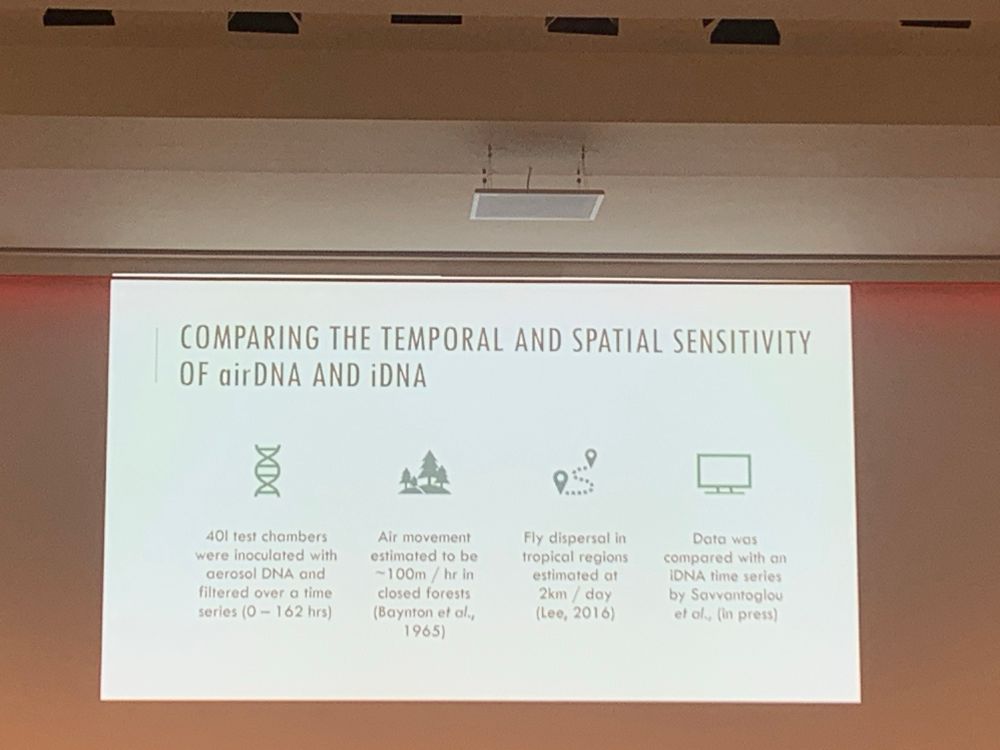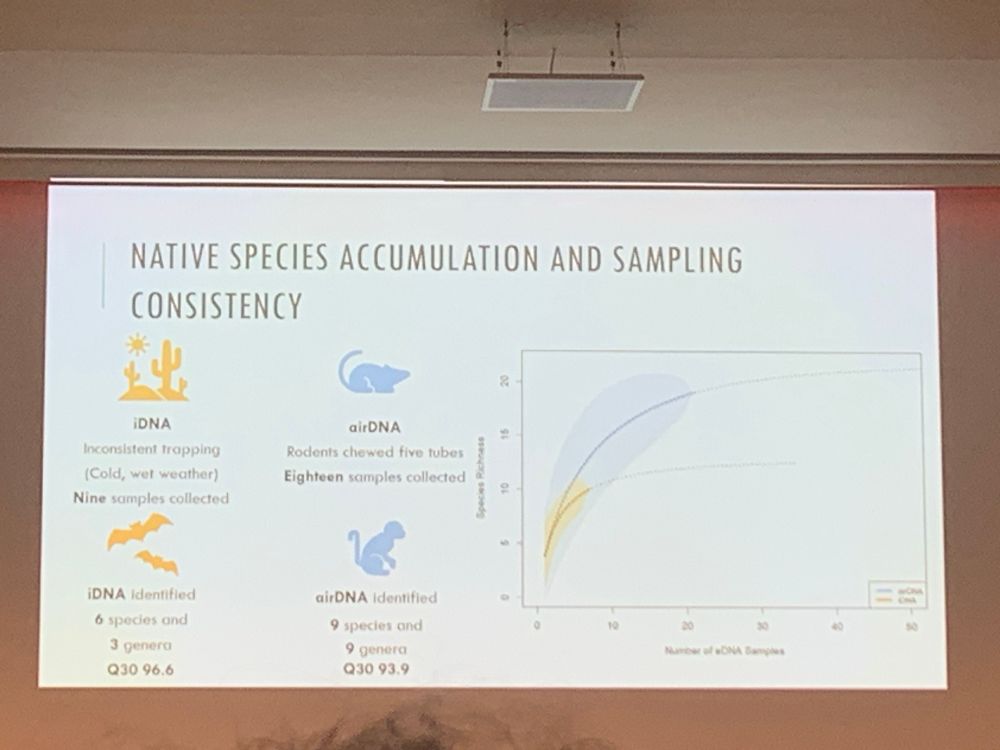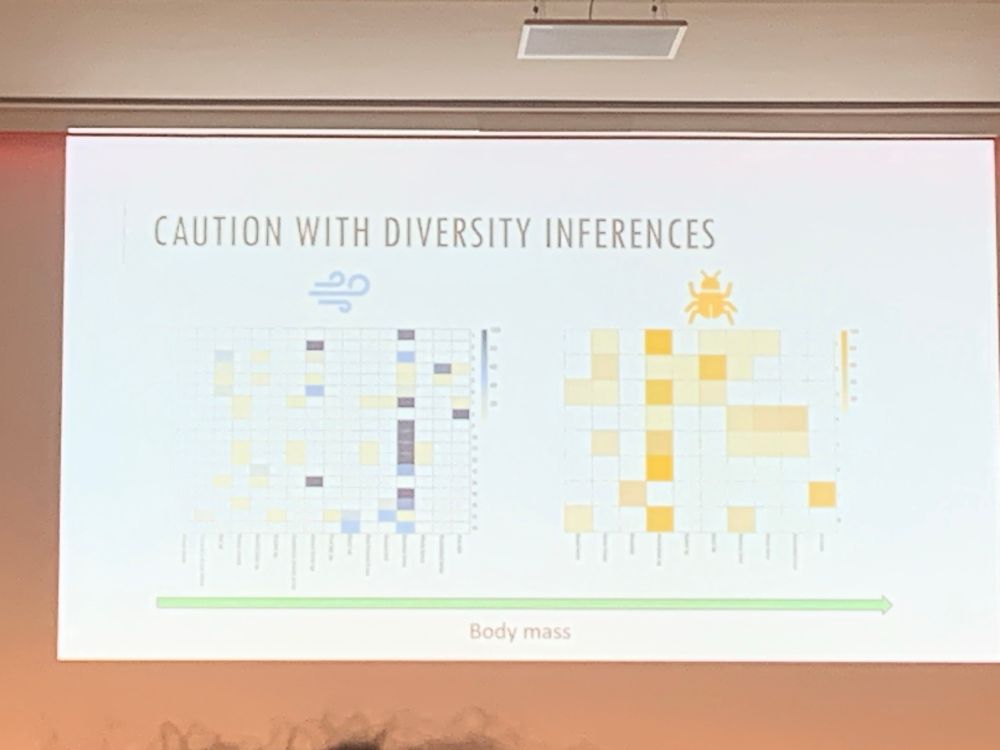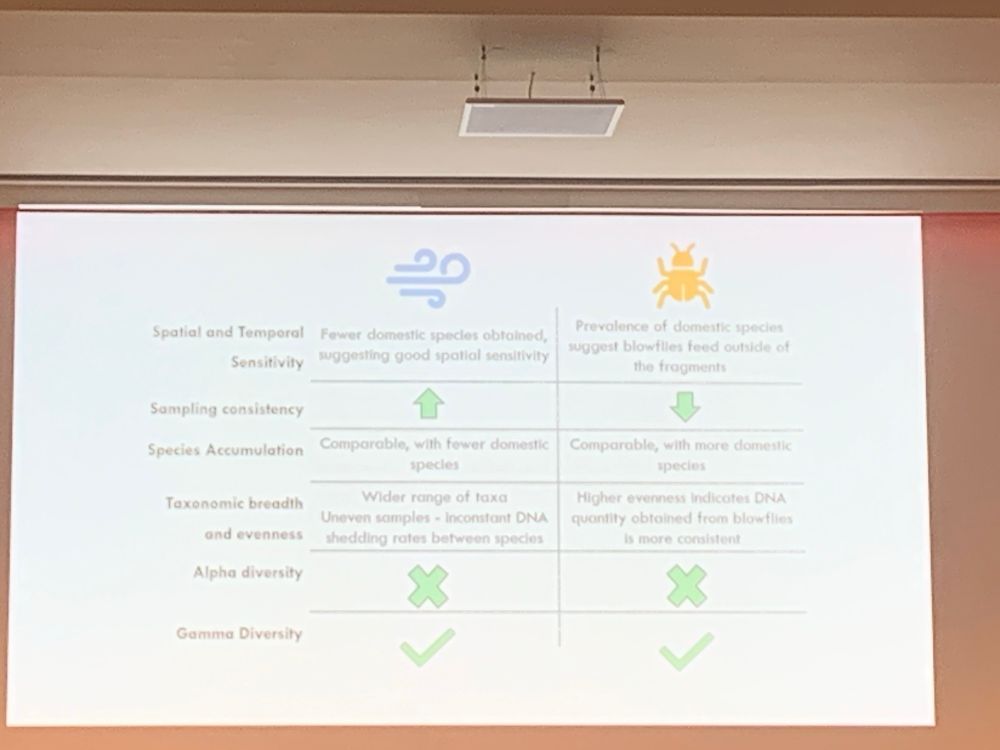
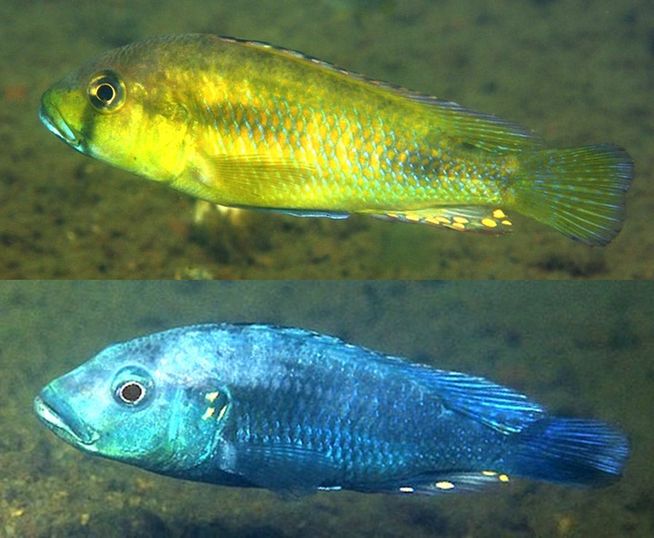
Caroline Howard @sangerinstitute.bsky.social gives update on Tree of Life project. Number of sequences are increasing every day, with slight bias towards Lepidoptera but also spanning all taxonomic groups. Fabulous genomic resource for the wider community to use #UKDNAWG25
1/4



Caroline Howard @sangerinstitute.bsky.social gives update on Tree of Life project. Number of sequences are increasing every day, with slight bias towards Lepidoptera but also spanning all taxonomic groups. Fabulous genomic resource for the wider community to use #UKDNAWG25
1/4
3/4




3/4
4/4

4/4











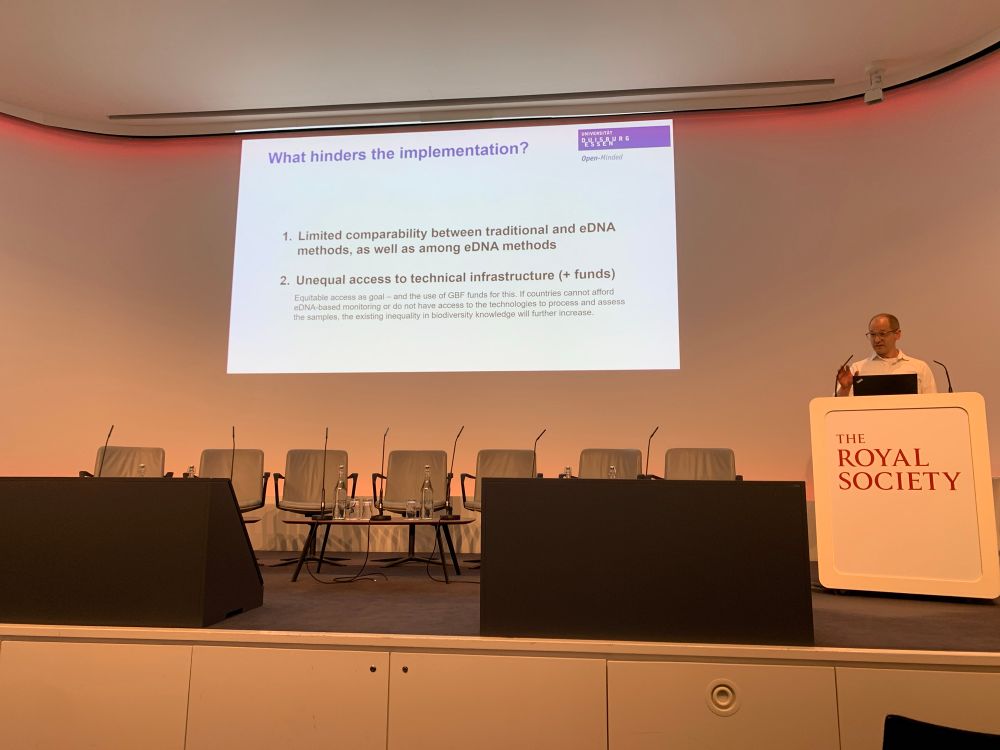
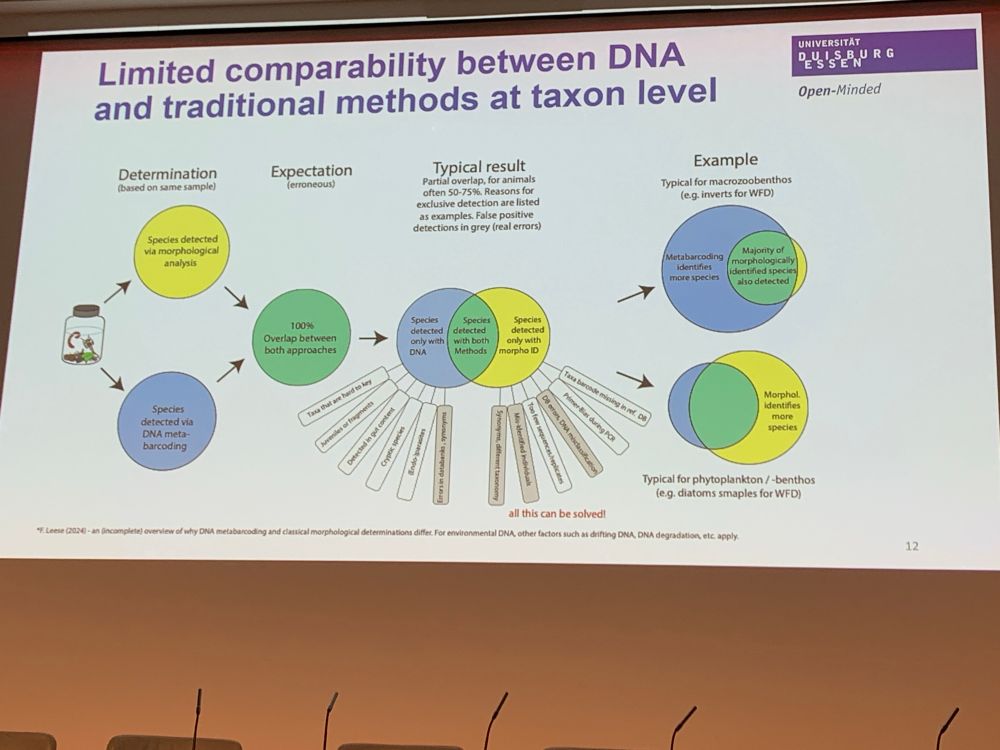
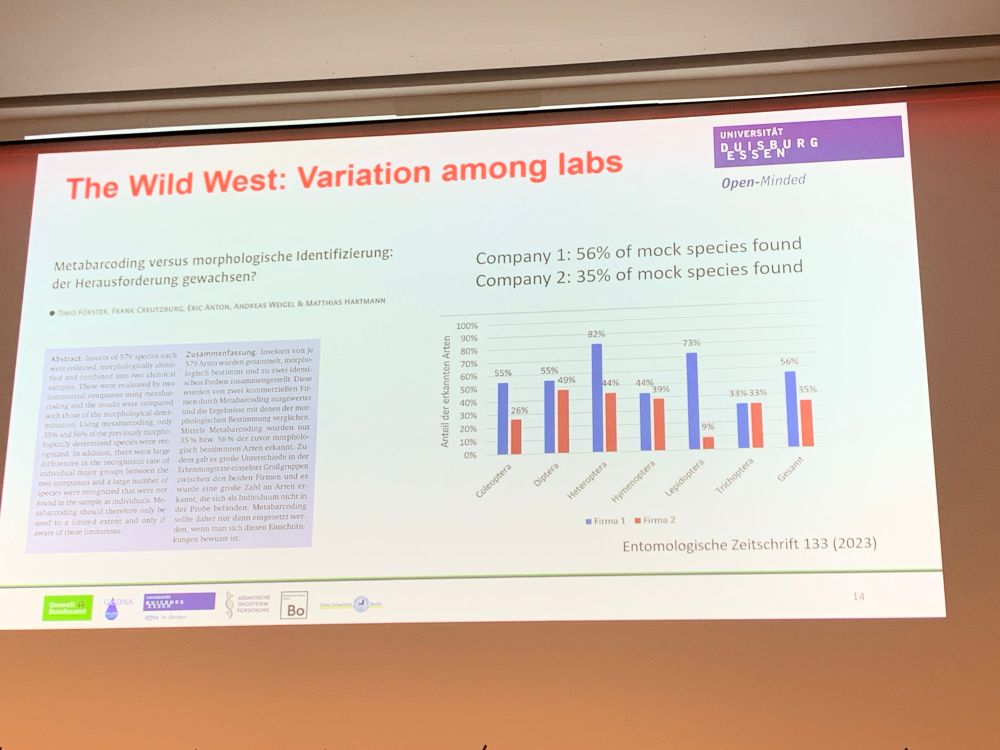
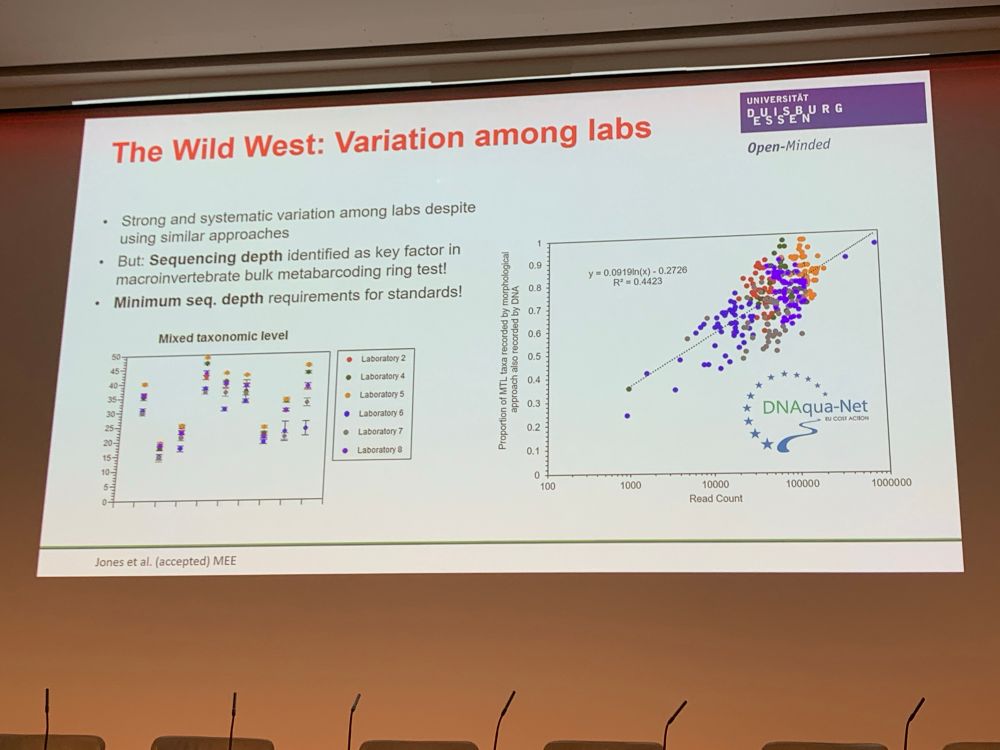
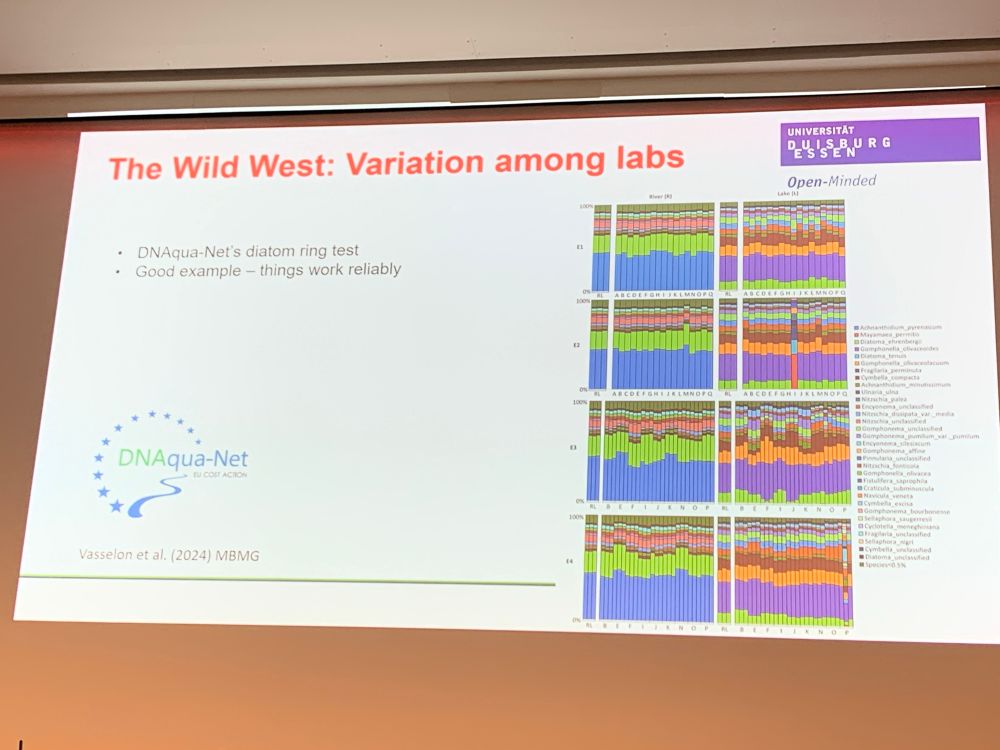
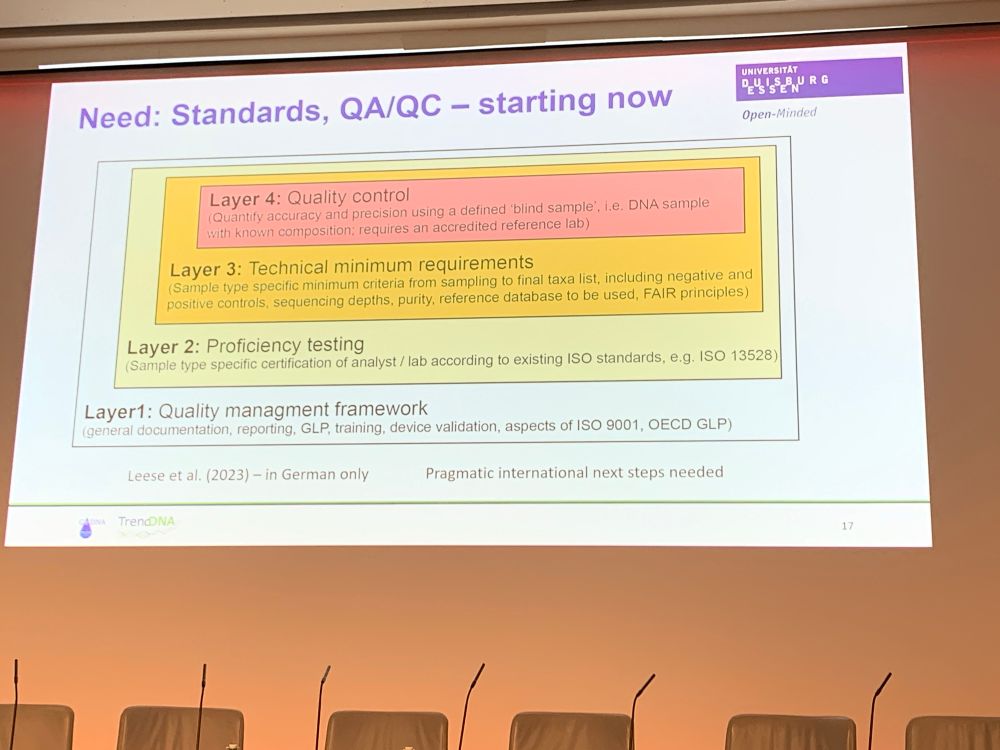
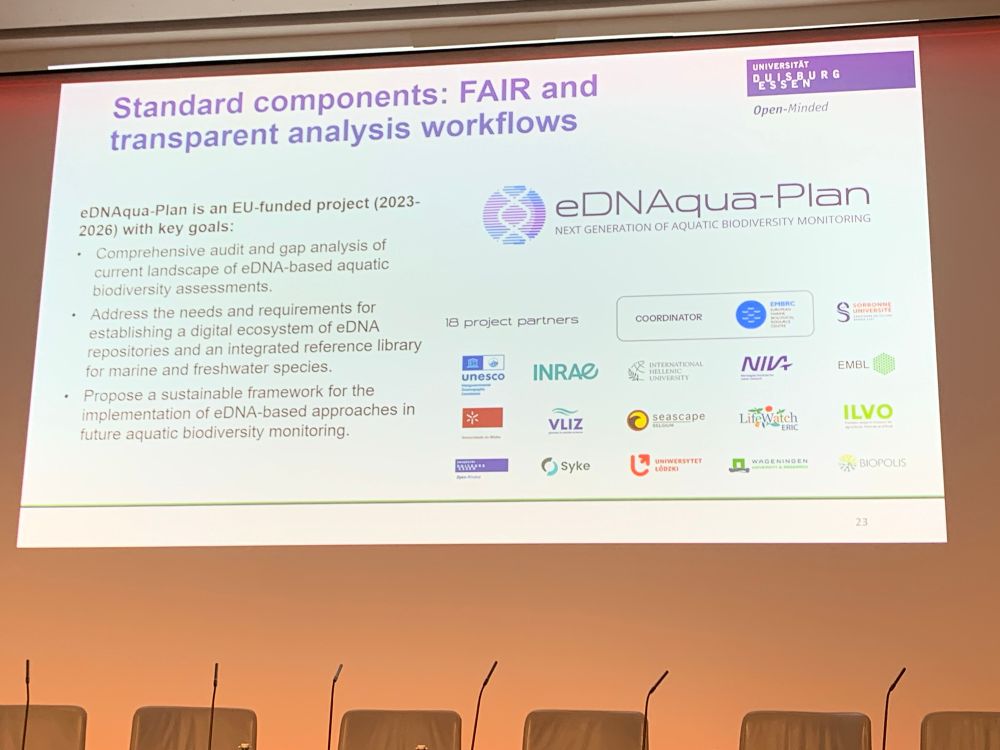
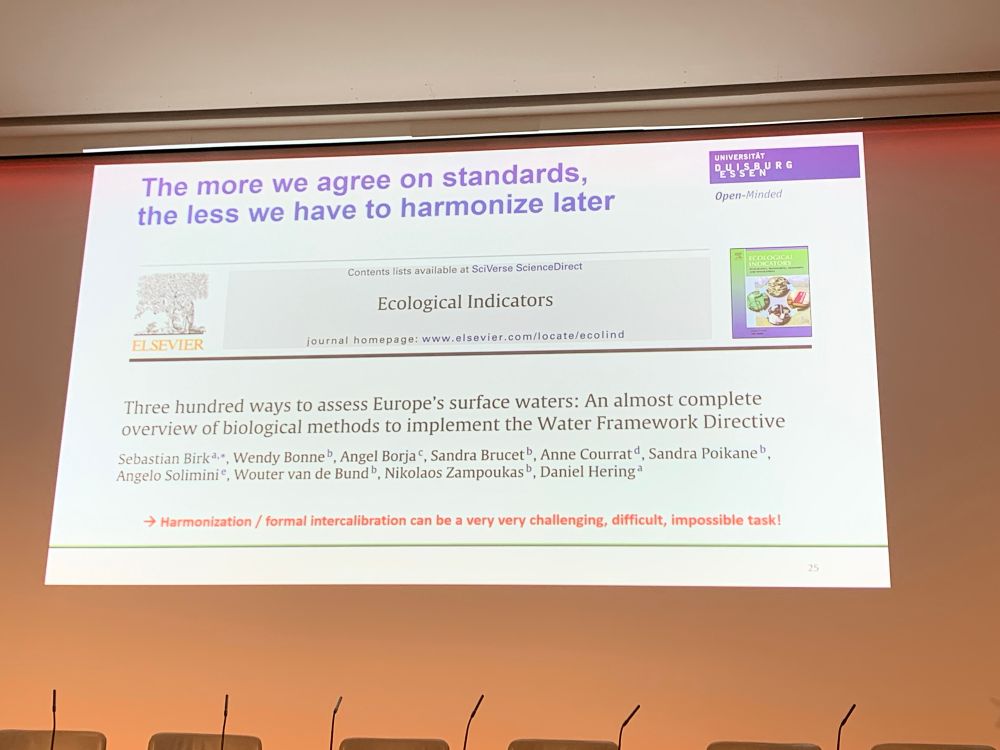
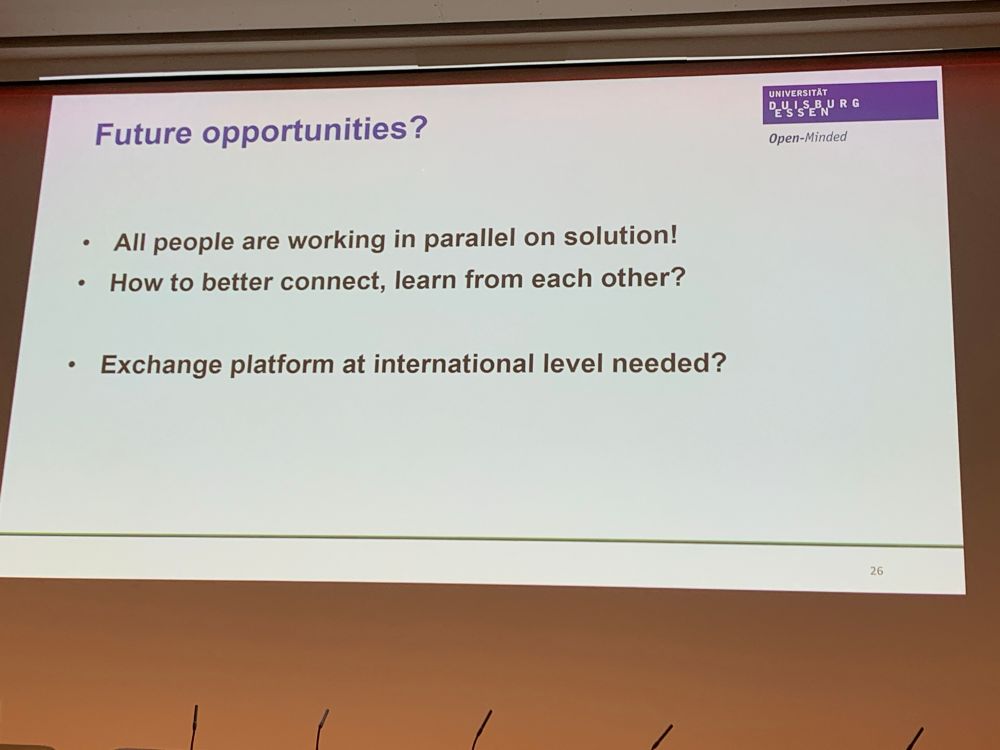
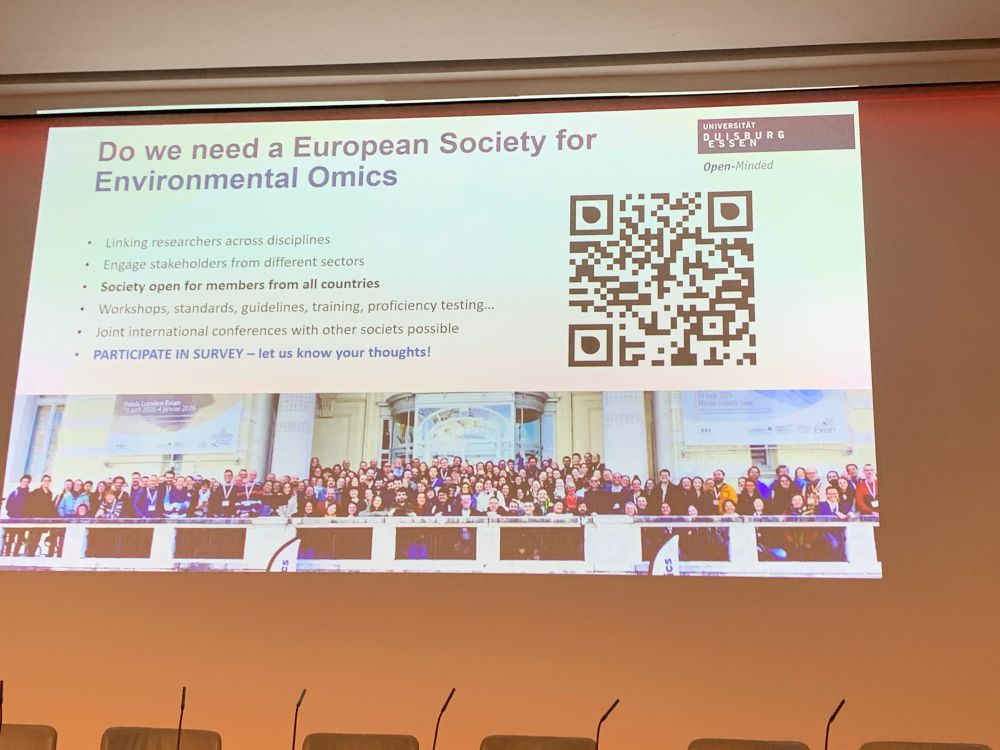
First Nadia Barsoum @forestresearchuk.bsky.social talks about use of #eDNA for forest #mammals. Camera traps compared to aquatic, soil, airborne and surface #eDNA. More species detected with #eDNA, particularly surface #eDNA #UKDNAWG25
1/6



First Nadia Barsoum @forestresearchuk.bsky.social talks about use of #eDNA for forest #mammals. Camera traps compared to aquatic, soil, airborne and surface #eDNA. More species detected with #eDNA, particularly surface #eDNA #UKDNAWG25
1/6
5/6


5/6
6/6

6/6
